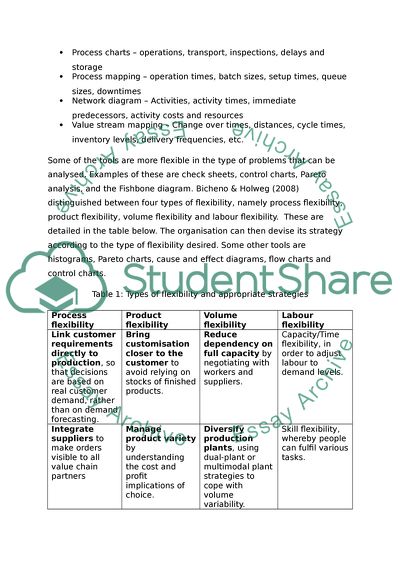Cite this document
(Use Of A Range Of Lean Tools Report Example | Topics and Well Written Essays - 1750 words, n.d.)
Use Of A Range Of Lean Tools Report Example | Topics and Well Written Essays - 1750 words. https://studentshare.org/engineering-and-construction/1574549-use-and-analyse-the-use-of-a-range-of-lean-tools-engineering-business
Use Of A Range Of Lean Tools Report Example | Topics and Well Written Essays - 1750 words. https://studentshare.org/engineering-and-construction/1574549-use-and-analyse-the-use-of-a-range-of-lean-tools-engineering-business
(Use Of A Range Of Lean Tools Report Example | Topics and Well Written Essays - 1750 Words)
Use Of A Range Of Lean Tools Report Example | Topics and Well Written Essays - 1750 Words. https://studentshare.org/engineering-and-construction/1574549-use-and-analyse-the-use-of-a-range-of-lean-tools-engineering-business.
Use Of A Range Of Lean Tools Report Example | Topics and Well Written Essays - 1750 Words. https://studentshare.org/engineering-and-construction/1574549-use-and-analyse-the-use-of-a-range-of-lean-tools-engineering-business.
“Use Of A Range Of Lean Tools Report Example | Topics and Well Written Essays - 1750 Words”. https://studentshare.org/engineering-and-construction/1574549-use-and-analyse-the-use-of-a-range-of-lean-tools-engineering-business.


